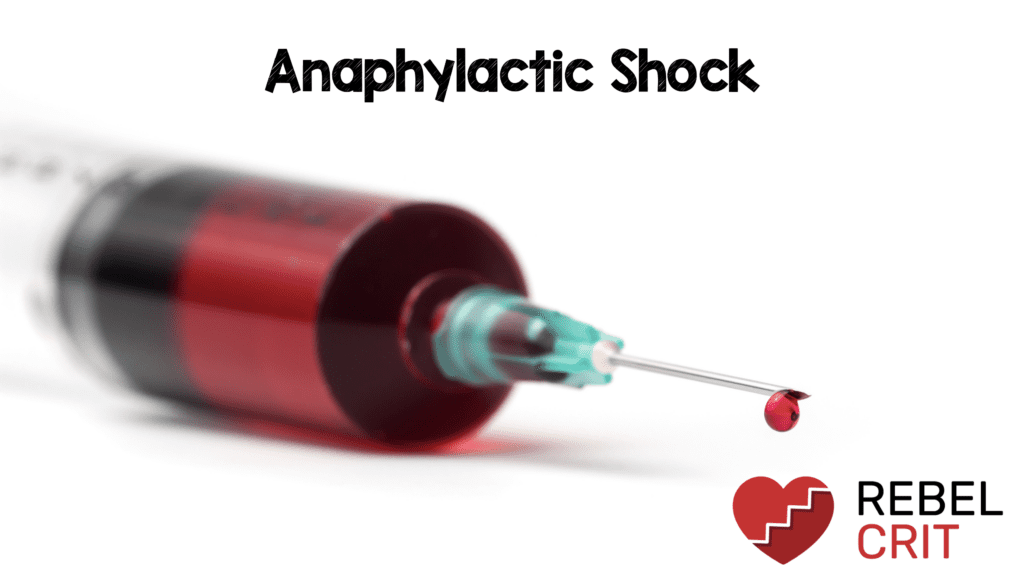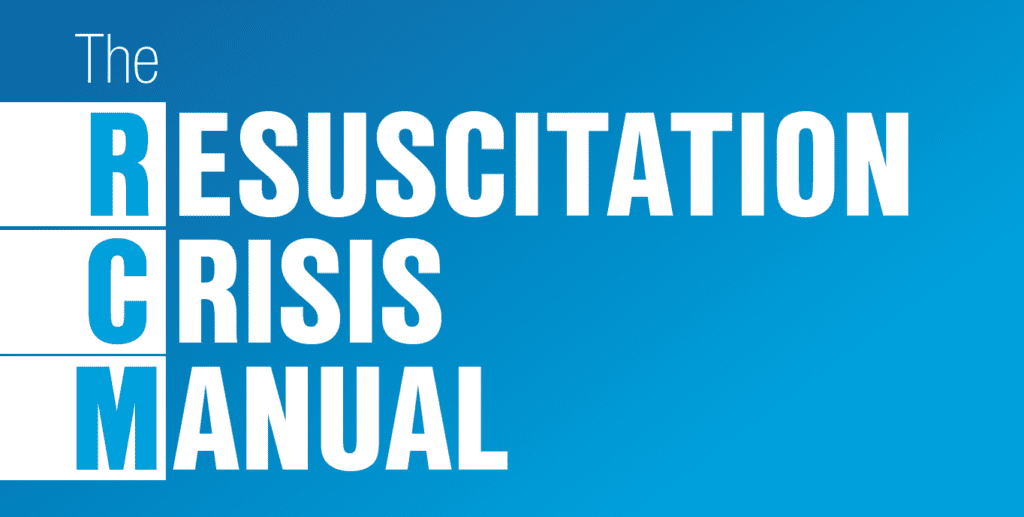
 Anaphylactic Shock is an acute, life-threatening hypersensitivity disorder, with a generalized, rapidly evolving, multi-systemic allergic reaction (IgE-mediated disorder). If not treated rapidly can become fatal.
Anaphylactic Shock is an acute, life-threatening hypersensitivity disorder, with a generalized, rapidly evolving, multi-systemic allergic reaction (IgE-mediated disorder). If not treated rapidly can become fatal.
Scott Weingart, MD put together a manual titled the Resuscitation Crisis Manual, which in short, is composed of two-page protocols for various situations that involve crashing patients. On the 1st page are the immediate actions that must be taken to stabilize a crashing patient. The second page includes additional information and less critical steps. Anand Swaminathan, MD and I wrote the anaphylactic shock chapter and with Scott’s permission are publishing it here as FOAM. We both highly recommend this manual and will put a link at the bottom of the post for you to consider buying it.
Immediate Steps:
- Remove any triggers and call for assistance
- Consider early intubation for airway compromise or impending obstruction as edema can progress rapidly
- Give high-flow oxygen
- Place 2 large bore IVs and infuse at least 20mL/kg of crystalloid
- Administer epinephrine
- If symptoms persist start an IV epinephrine infusion and consider an arterial line placement
- If failure to respond try alternative agents listed in section below
- Start adjunctive therapy once patient is hemodynamically stable
Additional Information:
- Intubation
- Be prepared to perform emergent cricothyrotomy before attempting intubation (double set up)
- Consider awake intubation if time permits
- Epinephrine
- Nebulized: 5mg standard epinephrine (5mLs of 1mg/mL) nebulized if patient has stridor
- IM Bolus: 0.3 to 0.5mg (1mg/mL)
- IV Bolus: 5 to 20mcg (10mcg/mL)
- IV Infusion: 1 to 20mcg/min
- If Poor Response to Conventional Therapy Consider
- Epinephrine 100mcg IV bolus
- Norepinephrine infusion 0.1mcg/kg/min
- Vasopressin 0.01 to 0.04 U/min or 2U bolus (0.03U/kg)
- Glucagon 1mg IV over 5 min (beta blocker reversal), may also start drip at 5 to 15mcg/min if needed (common side effect of nausea/vomiting)
- Methylene blue 1.5 to 2mg/kg IV bolus followed by a continuous infusion of 0.5mg/kg/hr in refractory cases
- Adjunctive Therapy When Hemodynamically Stable
- PO prednisone 1mg/kg (maximum of 50mg) or IV hydrocortisone 2 to 4 mg/kg (maximum 200mg) or IV dexamethasone 0.2 to 0.4 mg/kg (maximum 10mg) or IV methylprednisolone 125gm
- Diphenhydramine 1 to 2mg/kg (up to 50mg)
- H2 Blocker: Cimetidine 300mg or ranitidine 50mg PO or IV
Buy the Resuscitation Crisis Manual by Clicking on the Image Below
Post Peer Reviewed By: Anand Swaminathan, MD (Twitter: @EMSwami)
The post Anaphylactic Shock appeared first on REBEL EM - Emergency Medicine Blog.

